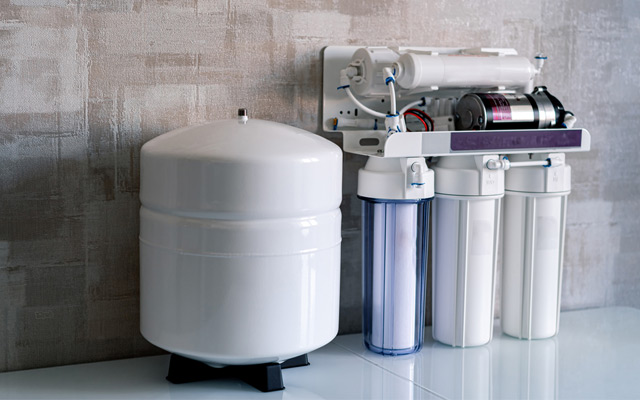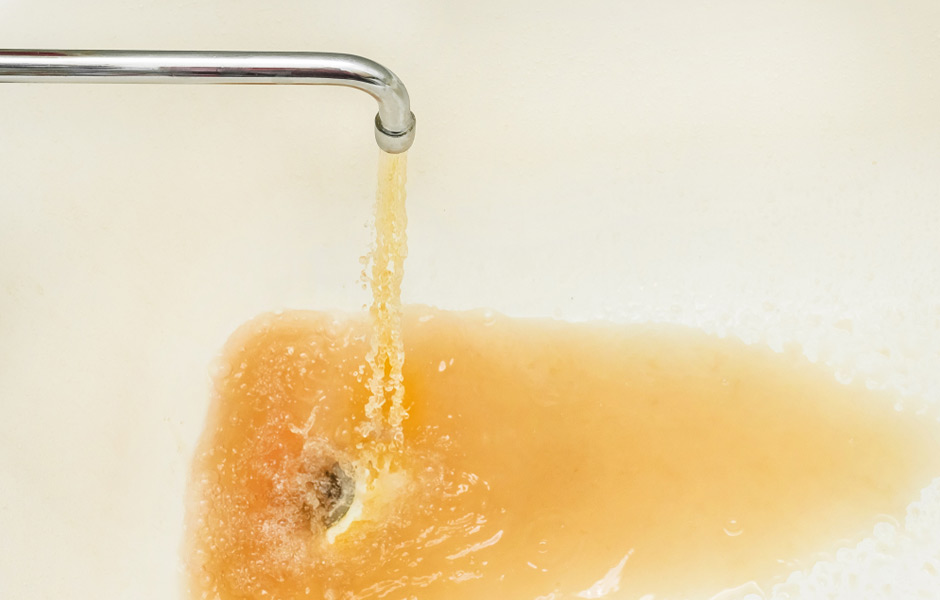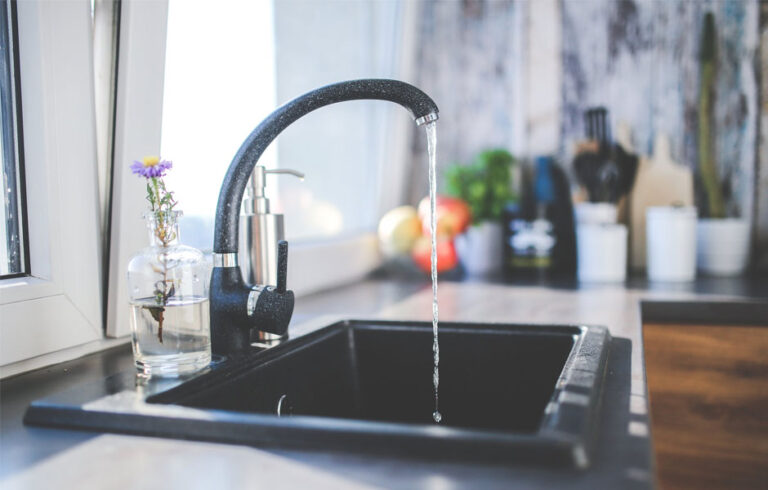A common question asked when referring to the source of our drinking water is, “Is it safe to drink water directly from the tap with no form of filtration?” The answers to this question depend on several factors. The most important factor would include – what city or county municipal tap water are you drinking from. Is the water being derived from a well source or the county’s reservoir supply?
The quality of water definitely varies from the municipal sources county to county. A question one must ask in determining the safety of drinking your unfiltered tap water is; will this water directly affects my health and well-being, or would it be healthier to drink purified water instead.
Know your tap water
Access to clean water may be a fundamental right. Still, it is far from a reality in many towns and cities across America. In 1974, congress passed what is known as The Safe Drinking Water Act (SDWA). This measure enforces drinking water standards by placing limits on levels of harmful contaminants, such as lead and disinfectants.
The outline of this measure allows for the testing of only 91 chemicals. Does this guarantee us that our water is safe? Millions of Americans use unfiltered tap water daily to drink, make coffee, cook, bath, etc.
It is projected from a study from the nonprofit Environmental Working Group that in California alone, drinking unfiltered tap water could lead to nearly 15,500 cases of cancer among people who drink it for a lifetime.

(Source: Environmental Health Website: Reference, Table)
Lead in your tap water
When considering the safety of drinking your unfiltered tap water, one must consider exactly how the water travels into and throughout your home. Do you know every inch of plumbing in your home? Do you have any existence of lead piping or fittings anywhere in your walls or under your home? Did you know that lead service lines were not banned from new plumbing systems in the US until 1986?

With many of the nation’s old pipes still remaining today, it is estimated that nearly a third of US water systems are known to contain lead service lines. Even with copper pipes, traces of lead can be found in common water fixtures, interior water pipes, or old pipes connecting the house to the main water pipe in the street. Lead found in tap water usually comes from the decay of older fixtures or the solder that connects pipes.
Harmful effects of lead in your drinking water
Lead is a contaminant in tap water supplies that is of extremely high concern. Drinking lead-laced water can cause damage to the brain, red blood cells, and kidneys. In adults, chronic exposure to low levels of lead can cause nausea, seizures, and reproductive issues. The greatest risk from lead is to infants, young children, and pregnant women. (Read: Benefits of alkaline water during pregnancy)

In children, lead can also lead to impaired mental and physical development and hearing problems. Children exposed to lead can suffer permanent brain damage, which often results in learning disabilities and increased violent behavior. Infants who drink formula prepared with lead-contaminated water may be at a higher risk because of the large amount of water they drink relative to their body size.
The EPA has established a lead limit of 0.015 ppm in drinking water. To find out how clean your tap water is, go to the EPA’s Local Drinking Water information site.
Chemical plants affecting your tap water
Aside from right inside your home, take a look outside. What external factors can affect your tap water? If you live near chemical plants, refineries, or other industries, chemicals can contaminate drinking water supplies. According a 2017 study by Center for Public Integrity, manufacturing plants, mining, and waste disposal companies have contaminated the water supply across the country for decades.

A 2013 study by the National Research Council determined that 126,000 plants throughout our country tested positive for groundwater pollution. From this groundwater pollution, they found traces of lead and arsenic seeping into our water supply. These pollutants can cause a long list of harmful health effects.
Metals in your tap water
One of the most harmful contaminants in unfiltered tap water is the presence of heavy metals. According to a study published in the Internal Journal of Environmental Research and Public Health, heavy metal is “any metallic element that has a relatively high density and is toxic or poisonous even at low concentrations”.
As heavy metals are naturally present throughout our planet, they can easily get into our groundwater and cause a whole array of problems if ingested. These common heavy metals include arsenic, lead, mercury, iron, copper, zinc, and cadmium.
Arsenic in your tap water
Arsenic is another common contaminant of major growing concern commonly found in our drinking water systems. Arsenic is found naturally in the earth’s crust but negatively affects humans when absorbed into the body. Exposure to arsenic can increase your risk of cancer, heart disease, and diabetes. Similar to lead, arsenic has been linked to brain development issues in children.
Reuters reports that southwestern cities such as Los Angeles, Albuquerque, Scottsdale, and Tucson get their drinking water from sources containing arsenic levels that exceed what is allowed by the EPA.
Fluoride in your tap water
Fluoride has long been added to our public water supplies to reduce and prevent tooth decay, according to Michelle Miller, MSACN from Physio Logic. The CDC states that 2 out of 3 Americans are supplied with fluoridated tap water. Recent research has suggested that water contaminated with fluoride is linked to neurological, immune, and gastrointestinal damage.
In 2017, a report was published, suggesting exposure to fluoride before birth could lead to poorer outcomes in the future. This research measured fluoride levels in 299 women during pregnancy and in their children between the ages of 6 and 12. They tested cognitive ability at the ages of 4 years and between 6 and 12 years. Higher levels of fluoride were associated with lower scores on IQ tests.
In 2014, fluoride was documented as a neurotoxin that could be hazardous to child development, along with ten other industrial chemicals, including lead, arsenic, toluene, and methylmercury.
The Flint water crisis
Let us look at an example of contaminated water here in our own country this last decade. In 2014, residents in Flint, Michigan, turned on their taps to encounter an unpleasant brown sludge that tasted like metal. This proved to be an early inclination that there was something seriously wrong with their city’s water supply, which had recently been switched from the Detroit Water and Sewage Department to the Flint River. This new water source had corroded the old city pipes, allowing toxic levels of lead to leach into the cities drinking water supply.
The events to follow were known as one of the worst disasters in US history. Over 10,000 Flint residents suffered from lead poisoning by drinking unfiltered tap water directly from the faucets in their own homes. Although this example was extreme, it continues to happen all across the US on various levels. Millions of Americans each year continue to drink water from sources that violate the standards of the EPA (Environmental Protection Agency).
Ways to purify drinking tap water
What can be done to protect ourselves from the threats of looming harmful contaminants hidden in our tap water?
Carbon Filters

There are several carbon block filters on the market. However, how much do they really take out of the water? Most carbon filters primarily remove chlorine to make the water taste not so horrible. However, no filter can remove most impurities by just grabbing them through a simple filter. Water passes through too quickly for it to be effective.
Reverse Osmosis

One solution is the installation of a reverse osmosis drinking water system. Reverse osmosis water systems are the most effective system of removing contaminants from the tap water. They are known to remove up to 99% of the impurities in your tap water. The reason for their effectiveness is that through the reverse osmosis process, the impurities in the tap water are rejected by the osmosis membrane and sent down a separate waste stream that attaches to your drain. Only the purest of microns can pass through, leaving you with the purest water of all.
Aquatech now offers RO drinking water services at a low monthly subscription cost.
To Sum Up:
Drinking water from the tap without any filtration will most likely not make you instantly drop dead to the floor. So, are there any harmful long term effects from drinking this water?
Research has proven that the long-term consumption of unfiltered tap water does pose a threat to the individual’s long-term health. Suppose there is a possibility of exposing yourself to such dangers as cancer, heart disease, diabetes, etc. Wouldn’t you naturally try to avoid it?
Drinking unfiltered water directly from the tap can increase your chances of these adverse health risks. So, when we ask ourselves whether or not it is safe to drink the tap water when weighing all of the uncontrollable factors, the safe answer would be “No”.




